Technical Reports Environment
This page lists technical reports of PIARC in the field of environment. These publications are classified chronologically.
-
Low Emission Zones – Planning and Implementation - A PIARC Briefing Note
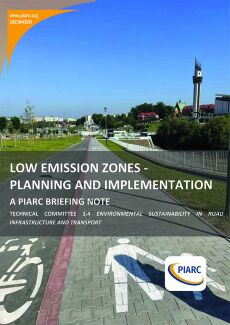
Air pollution problems are often observed in the roadside areas of metropolitan regions, where a lot of emission sources such as factories, business offices, residential houses and vehicles accumulate. Increasing congestion in cities with no or limited restrictions on driving in urban areas is contributing to a number of social- and health-related problems. Many countries are considering various types of restrictions on car traffic – especially in urban centers. The fastest-growing scheme since [...]
-
Near Road Air Quality - A PIARC Briefing Note
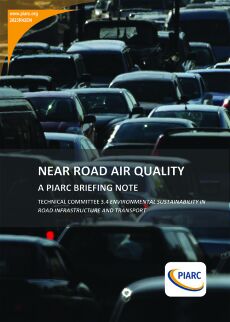
“Air pollution problems are often observed in the roadside areas of metropolitan regions, where a lot of emission sources such as factories, business offices, residential houses and vehicles accumulate. Such air pollutions are caused by emissions of SO2, NO2, CO, HC, PM10, PM2.5 etc. which are designated as air pollutants in most countries across the world. In order to carry out air pollution abatement measures, we have long-term evaluation values and short-term evaluation values as regulation [...]
-
PIARC International Climate Change Adaptation Framework 2023 – Technical Report
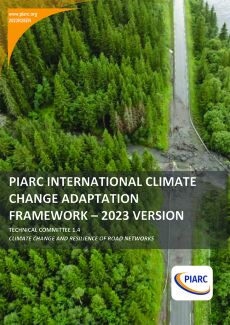
Climate change is a strategic risk to road organisations. Global climate change projections show that there will be gradual changes to average climatic conditions, and changes to the frequency, severity and location of extreme weather events. These climate changes are anticipated to have significant impacts on the design, construction, operation, maintenance and use of global road and transport infrastructure. This is why adaptation principles to address these climate hazard-induced impacts are [...]
-
Climate Change, Resilience and Disaster Management for Roads - Seminar
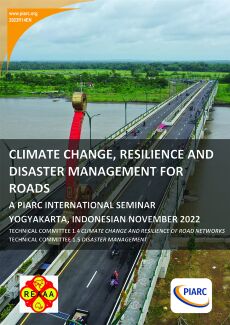
Climate change and other hazards have a wide range of implications on the performance of road infrastructure and can cause disruptions to road network operations. For example, extreme rainfall influences the intensity beyond the drainage capacity of roadways, resulting in slope collapses and landslides as well as traffic disruption. These traffic disruptions will lead to an increase in traffic accidents and restrictions. On the other hand, disasters cause significant loss of life each year throughout [...]
-
Climate Change, Other Hazards and Resilience of Road Networks - Collection of Case Studies
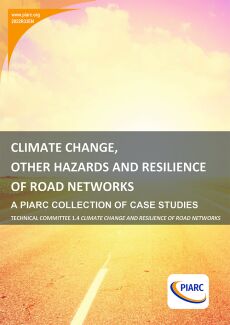
This report contains a collection of case studies related to climate change, other hazards and resilience of road networks. It comprises an introduction, outlining the work program for Technical Committee (TC) 1.4 Climate Change and Resilience of Road Networks, and objectives of two Working Groups within the Technical Committee. These are Working Group 1, which aims to identify uniform and methodological approaches to increasing resilience of roads. It covers hazards and environmental threats within [...]